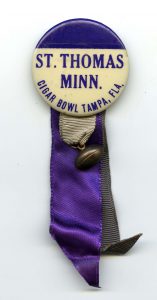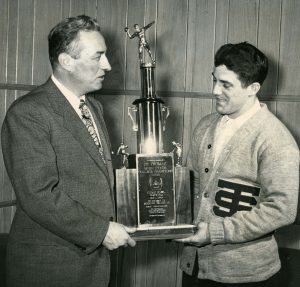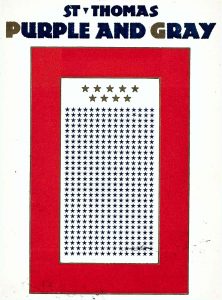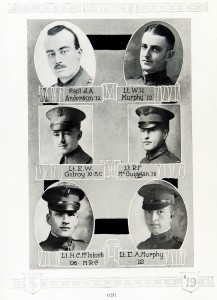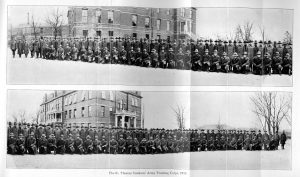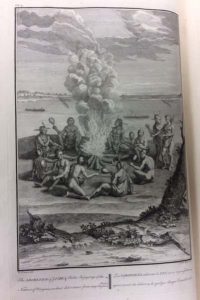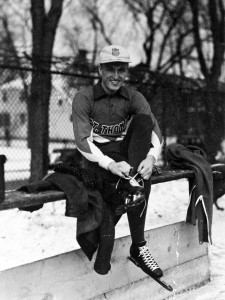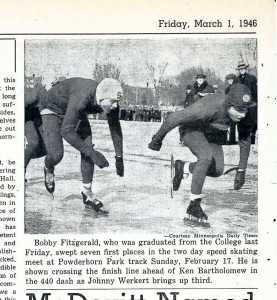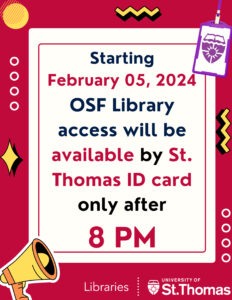
January is traditionally a quiet time on campus with most students away for J-Term. While on some level we enjoy the slower pace, it can get a little too quiet around here. That’s why we always look forward to the start of a new semester and the renewed energy of students returning to campus.
The O’Shaughnessy-Frey Library is open seven days a week, most nights until 12:00 am. Check here for more details and sporadic schedule changes throughout the semester. And note that OSF Library access will be available by St. Thomas ID card only after 8:00 pm.
And if it’s a quiet place to study, or a lively environment to meet with a group, the OSF library has space to accommodate everyone; along with the re-opening of Stacks Cafe, our in-library coffee house that offers drinks and light snacks.
As a reminder, librarians and library staff are here to help students at any point in their research process, either in the library or via online databases that they can access from remote locations 24/7. We are all here to help students have a successful semester!
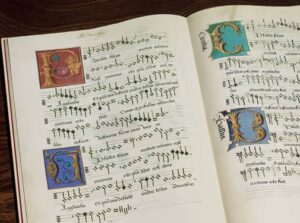
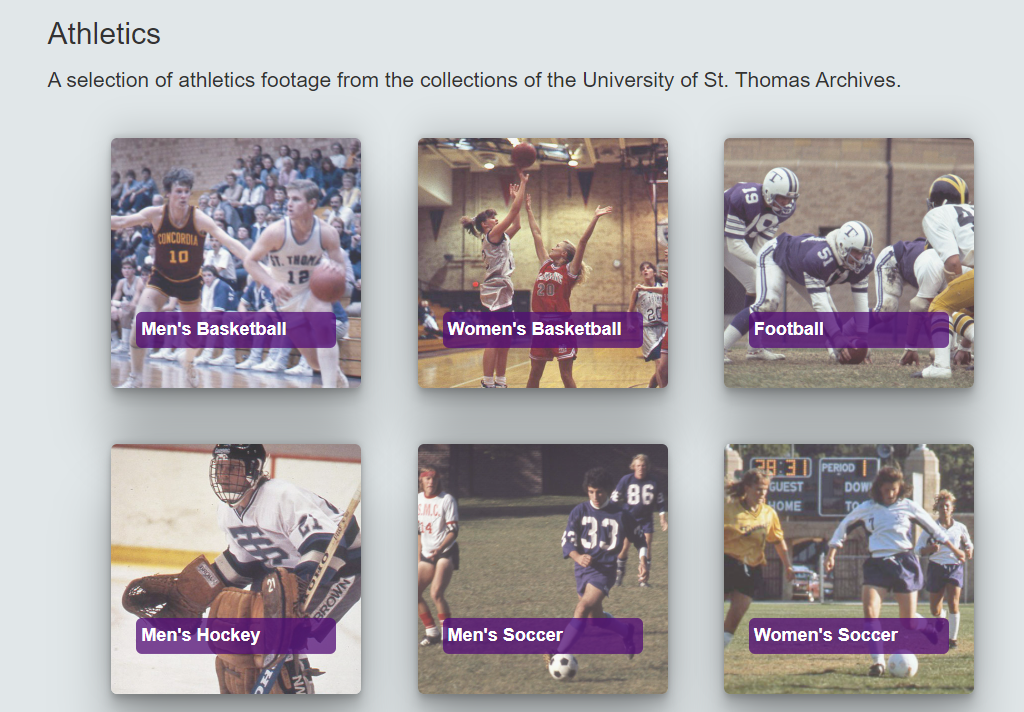

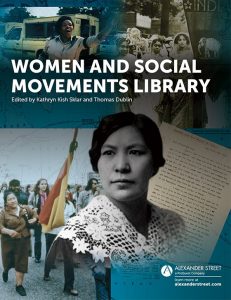


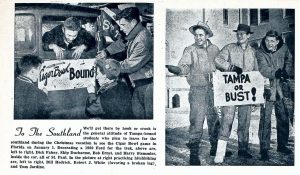 Aquin, December 17, 1948
Aquin, December 17, 1948